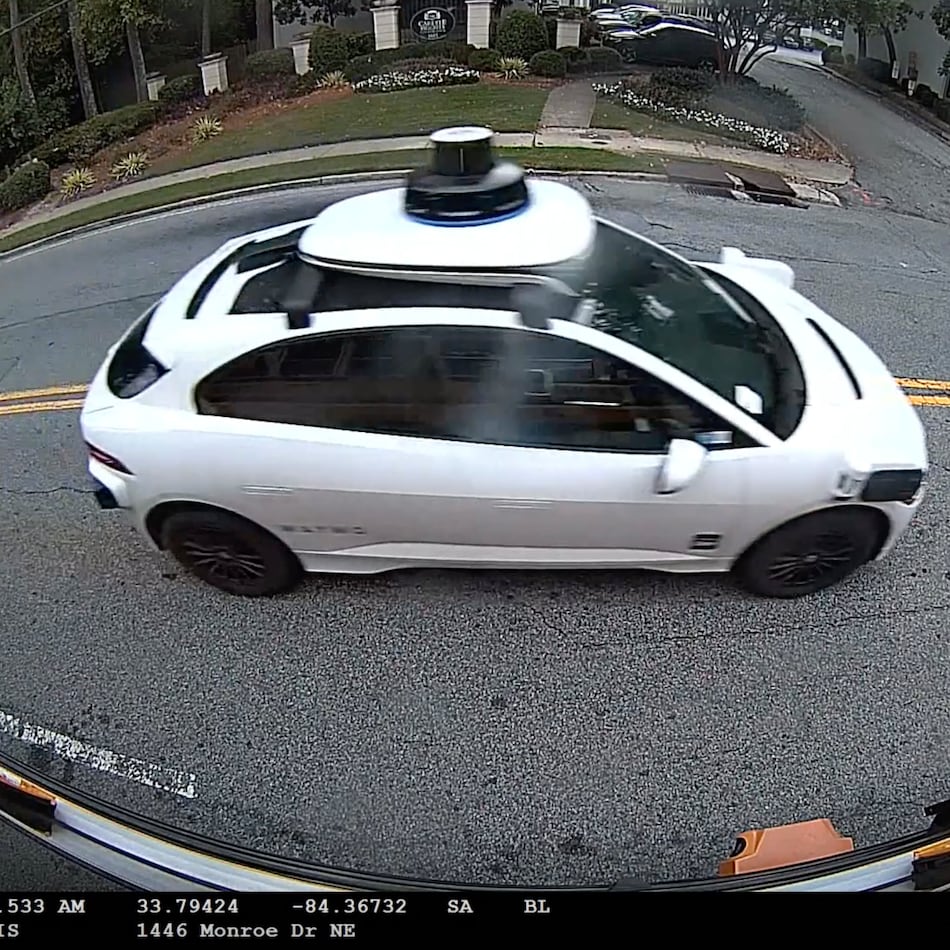As a retired veteran CDC health communication strategist, I accept that public health and politics don’t mix but most cooperate. Ten months into COVID-19, both disciplines have failed to do so, often prioritizing turf protection, opportunism, and ego defensiveness over trust, transparency, and timely attention to public concern. Such misguided emphasis contradicts the risk communication principles CDC, the World Health Organization (WHO) and others established following the first SARS outbreaks in 2003. We recognized then, adults expect leaders to be honest about what’s known and unknown; admit error, inadvertent or intentional; and logically explain inevitable course corrections.
Effective risk communication engages rather than patronizes. When founded on science, pandemic control measures are defensible; those based on flimsy evidence or speculation are not, and spawn skepticism, distrust, and anger.
Credit: contributed
Credit: contributed
Epidemiologists attribute COVID-19 and previous outbreaks to Chinese livestock-food “wet” markets. For decades, they warned these facilities allow influenza and other viruses to mix and mutate, threatening health and food sources. Global health security requires China to redesign or close wet markets so they can never again become “ground zero” for a catastrophic outbreak. While some defenders of the status quo urge against placing blame or disrupting tradition, nostalgia must yield to global health. With the first SARS outbreaks, WHO revised the International Health Regulations (IHR) to better respond to global health threats, like COVID-19. But early in the pandemic, IHR advisors could not convince WHO Director General Tedros Adhanom Ghebreyesus to declare the Wuhan outbreak an international emergency, even though it met IHR criteria. When Tedros finally made the call, the pandemic had spread to at least 18 countries, while the WHO chief gushed over Chinese Communist “transparency” and strong leadership from its president. In so doing, Tedros discredited the agency on which much of the world depends for reliable public health guidance. For this, he should resign and allow fresh leadership to restore WHO’s reputation.
Seven months into the pandemic, it is time to specifically name achievable disease control goals. Some present policies have profoundly adverse consequences, the effect of which must be measured against presumed benefits. In the early months of the pandemic, Sweden was widely criticized for keeping open most of its economy, schools, and other conventions of daily life. Regarded as reckless by many, Sweden experienced higher death rates than most other countries, especially among the elderly. In retrospect, Harvard/Brigham and Women’s Hospital biostatistician Martin Kulldorff explained how an age-based containment strategy has since protected those most vulnerable to COVID-19 complications while allowing others to go about their lives and livelihoods.
In the U.S., the issue is politically charged; governors of states “opening early” have been routinely lambasted for placing economic recovery over lives. An honest appraisal would acknowledge how hard it is to predict how or why an outbreak can spontaneously fade away as SARS-1 did 16 years ago, or how tailored protection, as the Swedes are now doing, might speed arrival of herd immunity, a point at which a susceptible population gains protection from the growing number of people who, through natural exposure (or eventually, a vaccine) might become immune to COVID-19 infection. While “flattening the curve” minimizes rapid bursts of illness, ultimate control requires an environment where the virus can no longer spread easily.
The hardest part of transparency is admitting mistakes. While no one can reasonably hold official leadership responsible for what is essentially “unknowable,” part of the COVID-19 knowledge gap could have been avoided. In 2007, then-CDC Director Julie Gerberding said research was underway to learn more about the role of masks and respirators in blocking flu viruses, but the results would not be available for months or years. Thirteen years later the agency still had not shared results. CDC subject matter experts did not change their minds on masks, until late spring when, bolstered by a few trusted partners, and a rush of rapidly contrived laboratory studies, the pendulum swung from cool indifference to rigid dogma. By summer, current CDC Director Robert Redfield opined that universal mask use could put the COVID-19 genie back in the bottle within two months. Sensational claims like this, unsubstantiated by scientific evidence, further undermine public trust, especially when patience has worn thin by a host of other restrictions that, regardless of their presumed effectiveness, continue to wreak havoc: loved ones dying alone, medical services delayed, elderly persons isolated from family, weddings postponed, schools closed, businesses ruined, sports events canceled, religious practice constrained, travel curtailed.
What’s more, we’ve created an environment where fear, suspicion, indifference and intolerance damage human relations. Where benefits may be tentative, or even speculative, collateral damage is unarguable. Unyielding policies denying elderly people contact with family are cruel, however well-intentioned. Inflexible nursing home and hospital visitation restrictions severely diminish whatever quality of life elderly residents and patients might have maintained. For practical reasons, staff at these facilities with careful health status monitoring, come and go. For humanitarian reasons, close family members should and could be similarly accommodated.
Opportunistic politicians too often fan flames of discord, through blaming, shaming, discrediting, virtue-signaling, and incessant cheap shots at opponents.
As the pandemic has grown old, some scientists, politicians, and reporters have lost sight of their distinct but overlapping roles. As healthy tension yields to hyper-defensiveness and derisive attacks, science, government, and journalism all lose credibility with the one thing they all profess to value most: the best interests of the American people.
Dan Rutz, retired CDC communications strategist, co-led communication strategy and behavior change policy in several of the agency’s emergency responses, including SARS-I, monkeypox, West Nile Virus and Avian Influenza. As part of CDC’s Center for Global Health, he worked on HIV/AIDS prevention initiatives in Africa. As a visiting professor, he has, since 2008 taught integrated communication strategy at Emory University’s Rollins School of Public Health. Rutz also worked as a medical correspondent for CNN.
About the Author
Keep Reading
The Latest
Featured

